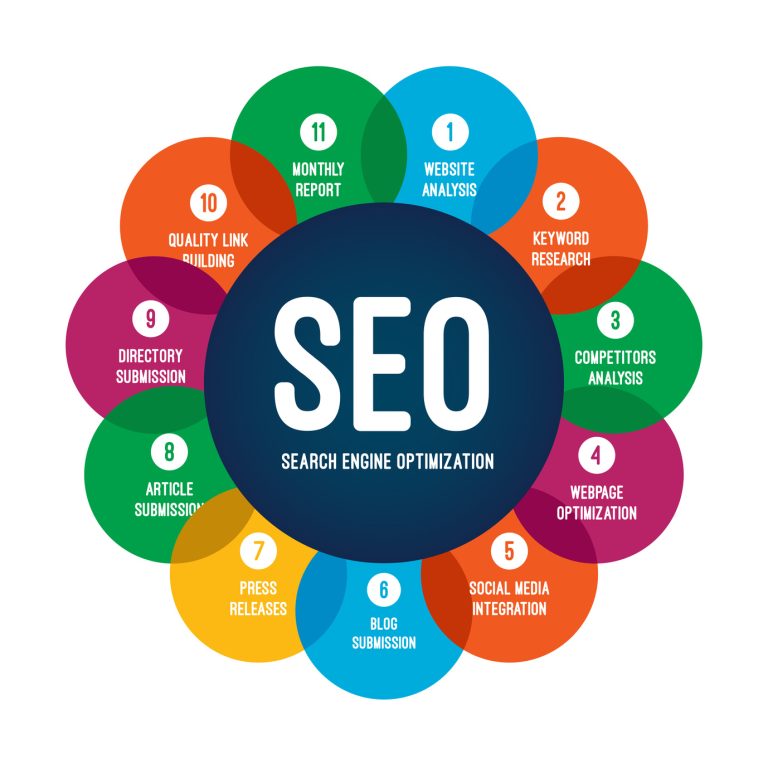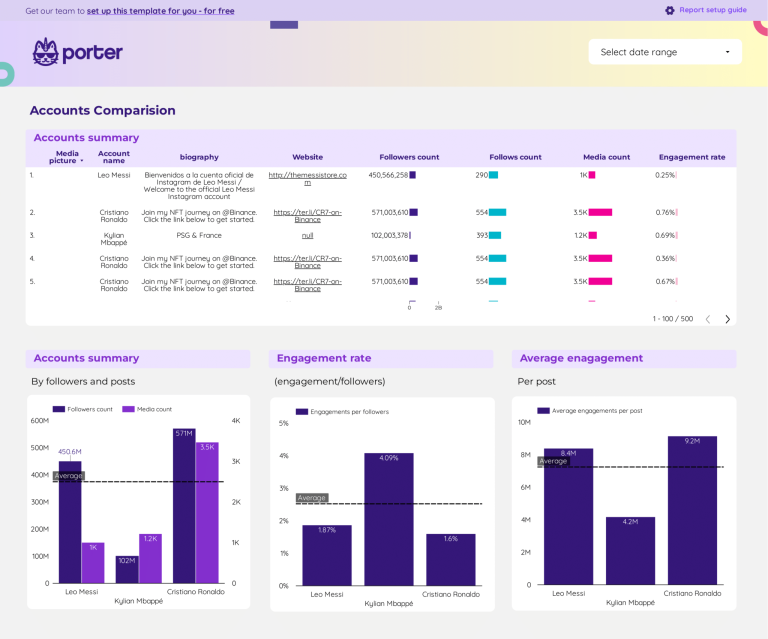
In the digital age, where trust is harder to earn and easier to lose, social proof has become one of the most powerful tools in a marketer’s arsenal. Whether it’s through customer testimonials, expert endorsements, or real-time metrics, social proof can transform skepticism into confidence and drive conversions. But how do you use it effectively? This article will guide you through the ins and outs of leveraging social proof to build credibility, boost engagement, and ultimately grow your business.
What Is Social Proof and Why It Matters
Social proof is a psychological phenomenon where people look to the actions and opinions of others to make decisions, especially in uncertain situations. Coined by psychologist Robert Cialdini, this concept is rooted in the idea that individuals are more likely to follow the crowd or trust recommendations from others they perceive as credible.
In marketing, social proof takes many forms—customer reviews, influencer endorsements, user-generated content, and even the number of followers or sales. The reason it matters so much is simple: people trust other people. According to research, 92% of consumers trust recommendations from others over traditional advertising. This makes social proof a cornerstone of modern marketing strategies.
How Social Proof Impacts SEO Performance
While social proof might not directly affect search engine algorithms, its indirect impact on SEO is significant. Here’s why:
- Improved User Engagement: When visitors see social proof, they’re more likely to stay on your site longer, reducing bounce rates and increasing dwell time—both of which are positive signals for search engines.
- Higher Conversion Rates: Social proof can increase conversion rates by up to 182%, as seen in case studies. Higher conversions mean more traffic and better user interaction, which can improve your site’s ranking.
- Enhanced Trust and Authority: Search engines prioritize sites that appear trustworthy and authoritative. Social proof helps establish credibility, making your site more likely to rank higher in search results.
By integrating social proof into your website and marketing efforts, you’re not only building trust with your audience but also signaling to search engines that your site is valuable and relevant.
Step-by-Step Implementation Framework
To effectively use social proof in your marketing strategy, follow this structured approach:
1. Define or Audit the Current Situation
Before implementing any changes, assess what social proof you already have. Are there customer reviews? Testimonials? Influencer mentions? Conduct an audit of your website, social media, and customer feedback to identify gaps and opportunities.
2. Apply Tools, Methods, or Tactics
Once you understand your current state, start implementing tactics to gather and showcase social proof:
– Collect Reviews: Encourage customers to leave reviews on platforms like Google, Yelp, and social media.
– Leverage Testimonials: Ask satisfied customers to provide video or written testimonials.
– Use Real-Time Metrics: Display live stats like “1000+ customers” or “500 orders today.”
– Partner with Influencers: Collaborate with micro-influencers who align with your brand values.
– Showcase Expert Endorsements: Highlight certifications, awards, or endorsements from industry experts.
3. Measure, Analyze, and Optimize
Track the performance of your social proof elements using analytics tools. Monitor metrics such as conversion rates, bounce rates, and engagement levels. A/B test different placements and formats to determine what works best for your audience.
Real or Hypothetical Case Study
Let’s take a look at a hypothetical case study of a small e-commerce brand, EcoBags, that successfully used social proof to boost sales.
Background: EcoBags sells eco-friendly reusable shopping bags. Initially, the brand struggled with low traffic and poor conversion rates.
Strategy: The team focused on gathering and showcasing social proof:
– They collected customer reviews and added them to product pages.
– They partnered with environmental influencers to promote their products.
– They displayed real-time purchase indicators and highlighted their sustainability mission.
Results: Within six months, EcoBags saw a 75% increase in traffic and a 40% rise in conversion rates. Their social proof elements helped build trust, leading to more repeat customers and organic referrals.
This example shows how strategic use of social proof can transform a struggling brand into a successful one.
Tools and Techniques for Social Proof
Here are some of the best tools to help you implement and manage social proof:
- Loox: A Shopify app that automates review collection and displays them on your site.
- Fera: Another review app that allows you to import reviews from multiple sources and display them in customizable widgets.
- PressKitBuilder: Helps create professional press kits to showcase media mentions and social proof.
- Social Media Icons by Zotabox: Adds share buttons to your site, encouraging users to spread the word.
- Fomo: Displays real-time social proof notifications, such as recent purchases or sign-ups.
- Trustpilot: A platform for collecting and displaying customer reviews across various industries.
These tools can streamline your social proof strategy and help you maintain a consistent presence of trust-building elements across your online channels.
Future Trends and AI Implications
As AI continues to evolve, the role of social proof in marketing will only become more sophisticated. Here’s what to expect:
- AI-Powered Personalization: AI can analyze user behavior and tailor social proof elements to individual preferences, increasing relevance and engagement.
- Real-Time Analytics: Advanced tools will allow brands to monitor and adjust social proof in real-time, ensuring maximum impact.
- Voice and Multimodal Search: As voice assistants and visual search become more prevalent, social proof will need to adapt to these new formats, such as voice-activated testimonials or image-based reviews.
Staying ahead of these trends means being proactive in integrating AI-driven social proof into your marketing strategy.
Key Takeaways
- Social proof builds trust and is essential for converting hesitant visitors into loyal customers.
- Use a variety of formats, including reviews, testimonials, influencer partnerships, and real-time metrics.
- Measure and optimize your social proof efforts using analytics tools and A/B testing.
- Stay ahead of trends by leveraging AI and adapting to new search behaviors.
- Consistency is key—integrate social proof across all touchpoints to reinforce your brand’s credibility.
In a world where trust is currency, social proof is your most valuable asset. Start implementing it today, and watch your business thrive.
Meta Title: How to Use Social Proof (Testimonials, Metrics) Effectively in Your Marketing Strategy
Meta Description: Learn how to use social proof (testimonials, metrics) effectively in your marketing strategy to build trust, boost conversions, and grow your business.
SEO Tags (5): social proof, testimonials, metrics, marketing strategy, customer reviews
Internal Link Suggestions:
– [Parameter #1]: Understanding the Psychology Behind Social Proof
– [Parameter #2]: Building Trust Through Customer Testimonials
– [Parameter #3]: Leveraging Influencer Marketing for Brand Growth
External Source Suggestions:
– https://www.cialdini.com
– https://www.trustpilot.com
– https://www.sproutsocial.com











